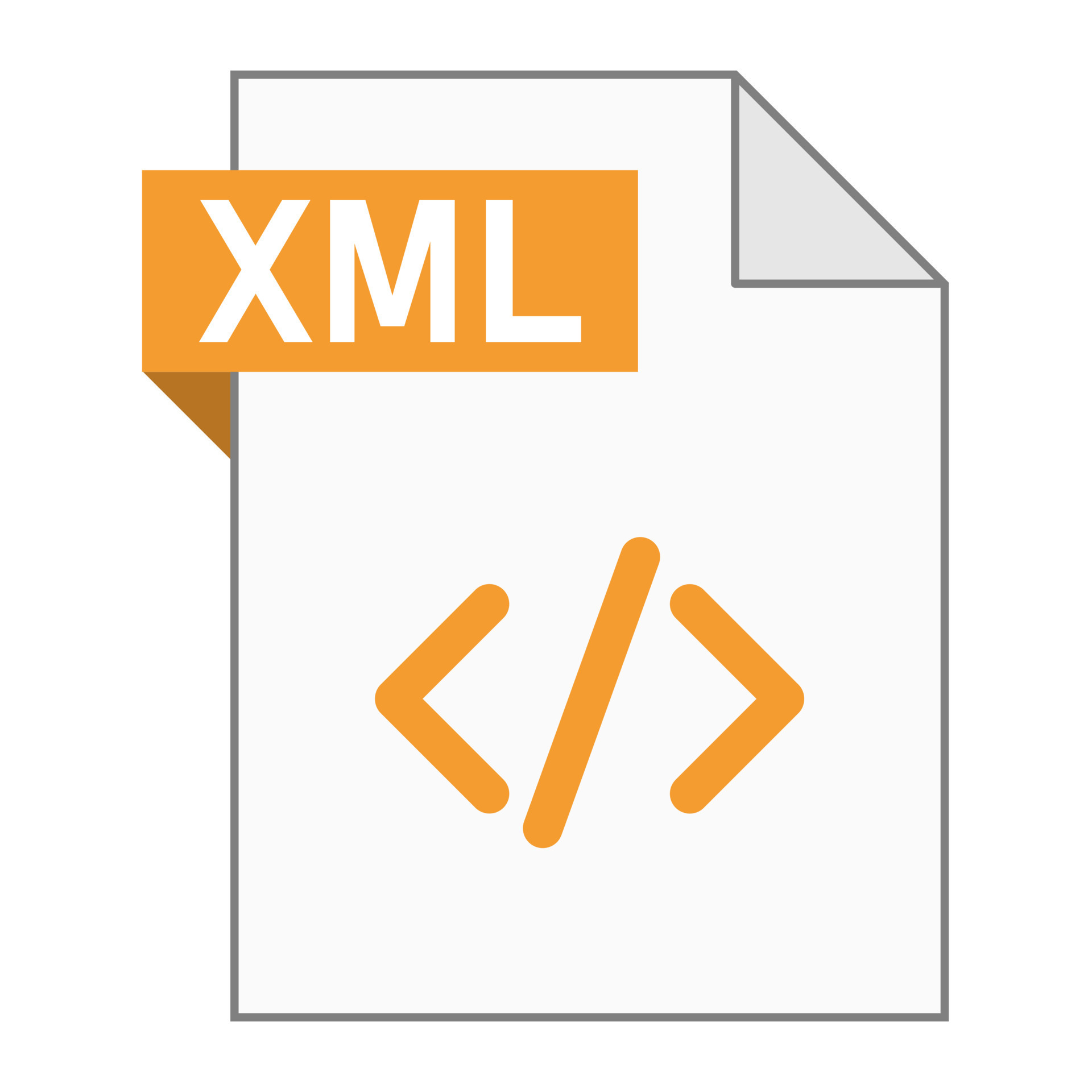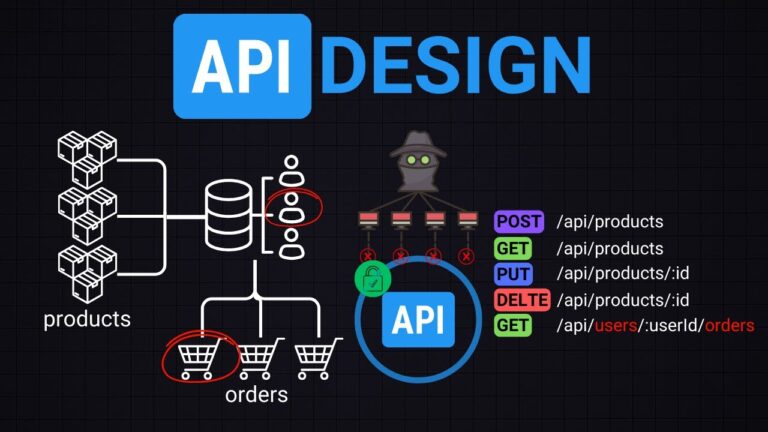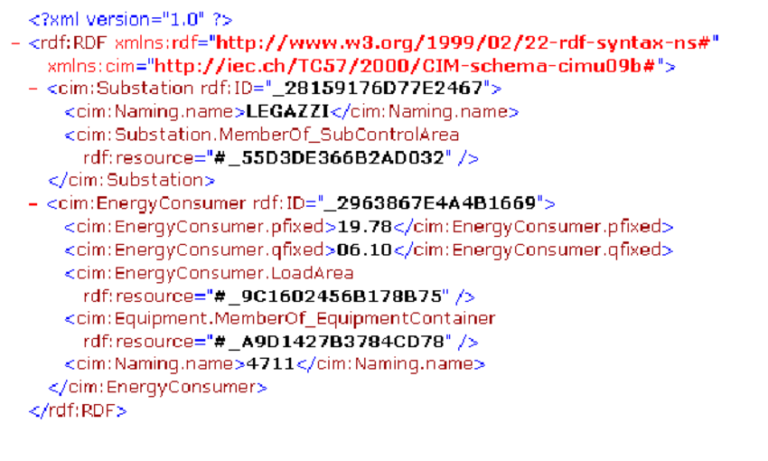What is XML?
The annual IATA World Passenger Symposium (WPS) is fast approaching in October. One of the major topics on the agenda will be NDC (New Distribution Capability) which is likely to heavily shape how airlines and indeed the rest of the online flight booking world will operate in the years to come.
Over the next few weeks we will be publishing a series of short blogs giving simple insights into some of the challenges facing the airline industry as it seeks to embrace modern e-commerce practices and the underpinning XML technology. We will cover topics such as what is XML (and what it isn’t), how XML fits into the world of NDC and ancillary sales, how XML compares with EDIFACT finishing with a speculative look at the future.
The blog intends to keep the topic simple and topical without too much techie jargon. The collective thoughts will then be pulled together as part of a short primer on XML for airlines, which will be available in October. So let’s start.
What is XML all about and why should I care?
If you are involved in online flight distribution in any shape or form you most definitely should care! NDC is based on an open standard called XML, which is already widely in use by the online travel industry. If you want to understand a little bit about this technology but not get overwhelmed with techno babble then read on.
This primer is the first in a series of short blogs which will cover the journey from explaining basic concepts through to what the changes and opportunities this new technology will bring. So, what is XML?
Keeping it simple – XML is a modern and open technology standard that allows structured data to be stored or transmitted. By structured we allude to the idea that there is a level of repetition and probably a hierarchy of objects and details about them. A simple example would be a list of people who all have a first name, a last name and an age. Using XML, we can gather all this data up and send an entire list of people across the internet using some relatively very simple ‘punctuation’ to show what is what.
For example some data on people might be exchanged as using the following text:
<people>
<person firstname=”Jim” lastname=”Davidson” age=”24″> </person>
<person firstname=”Tony” lastname=”Tyler” age=”24″> </person></people>
The use of the angle brackets to form a start “” and along with a slash to denote an ending “” allows us to punctuate (technically we say mark up) our data. Note that we also have a hierarchy so an object can form part of another object so we have list of which includes objects. These punctuating are effectively the eXtensible Markup Language. Whilst there is, if we were being technical, a little more to it than this it is this simple tagging that forms the bare bones but it doesn’t take a great deal of imagination to see how we can design a complex set of XML tags to punctuate and exchange much more complicated list of objects and even relationships between them. A carefully designed set of tags is referred to as an XML schema and we can design schema’s to transmit (or store) virtually any type of data we want. Note that that even though the XML is designed to exchange data between two applications/servers/organisations it is inherently human readable too.
So, what is NDC?
NDC primarily incorporates the XML schema that is being designed and agreed by airline industry experts under the guidance of IATA to enable the wholesale exchange of flight availability and prices, passenger details, flight segment details and ultimately credit card details for make bookings.







